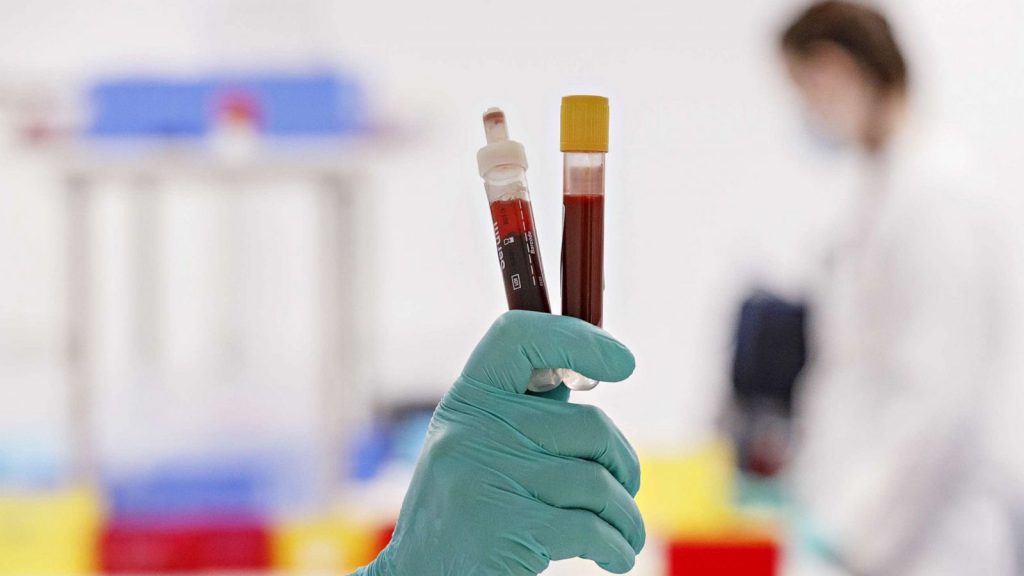Another investigation in California has discovered the number of individuals affected by the coronavirus might be multiple times higher than it was perceived earlier.
The study from Stanford University, which was out Friday and currently not reviewed, tested samples of 3,330 individuals in Santa Clara province and found the infection was 50 to 85 times more typical than authentic figures showed.
To continue with the complete lockdowns as of now to prevent the spread of COVID-19, health authorities should initially decide what number of individuals have been infected. Enormous investigations of the virus prevalence inside a region could be the key job, feel experts.
“This has implications for learning how far we are in the course of the epidemic,” said the associate professor of medicine at Stanford University, Eran Bendavid, who oversaw the study. “It has implications for epidemic models that are being used to design policies and estimate what it means for our healthcare system.”
According to experts, the examination was the first large-scale study of its kind in America. The investigation was conducted by identifying antibodies among the individuals who are fit through finger prick test to determine whether they were attacked by the virus and recovered automatically. Volunteers for the study were selected through Facebook advertisements, which analysts state were focused to catch an agent test of the region’s socioeconomics and topography.
ALSO READ: Nobel winning scientist makes astonishing claim! Says COVID-19 originated in a lab; Read more
At the time of study, Santa Clara region had 1,094 confirmed cases of COVID-19, resulting in about 50 deaths. Going by the rate of people who took part in the study and had antibodies, the figure ranged between 48,000 and 81,000 individuals, who were infected by the virus in Santa Clara region alone inside first part of April.
That additionally implies coronavirus is significantly less destructive to the general populace than at first idea. As of Tuesday, the US’s coronavirus death rate was 4.1 per cent, whereas Stanford experts said their study show a fatality rate of 0.12 per cent to 0.2 per cent.
The investigation has been deciphered by some to mean we are nearer to crowd insusceptibility – the idea that if enough individuals in a populace have created antibodies to an infection that populace gets invulnerable – than expected. This would permit some to all the more rapidly return to work, a methodology currently being tried in Sweden. In any case, analysts warned not to jump into conclusions formulate policies until research is completed.
The examination affirms the broadly held conviction that unmistakably a larger number of individuals than initially suspected have been affected by the coronavirus, Arthur Reingold, a the study of disease transmission teacher at UC Berkeley was quoted as saying by The Guardian.
“The idea this would be a passport to going safely back to work and getting us up and running has two constraints: we do not know if antibodies protect you and for how long, and a very small percentage of the population even has antibodies,” Reingold said.
Only 3 per cent
Even with the adjusted rate of infection as found by the study, only 3 per cent of the population has coronavirus – which means 97 per cent has not been infected. To attain herd immunity, a significant portion of the population would have to be infected and recovered from coronavirus.
It is also unclear if the study, conducted exclusively on residents of Santa Clara county, is representative of the rest of the United States, researchers said.
“It is absolutely critical that similar studies be done all around the country,” said Jayanta Bhattacharya, a professor at Stanford and author on the study. “It’s very clear that the virus is more prevalent in some areas than in others, and understanding the prevalence of viruses in each region is is a critical step forward to making some policy.”
